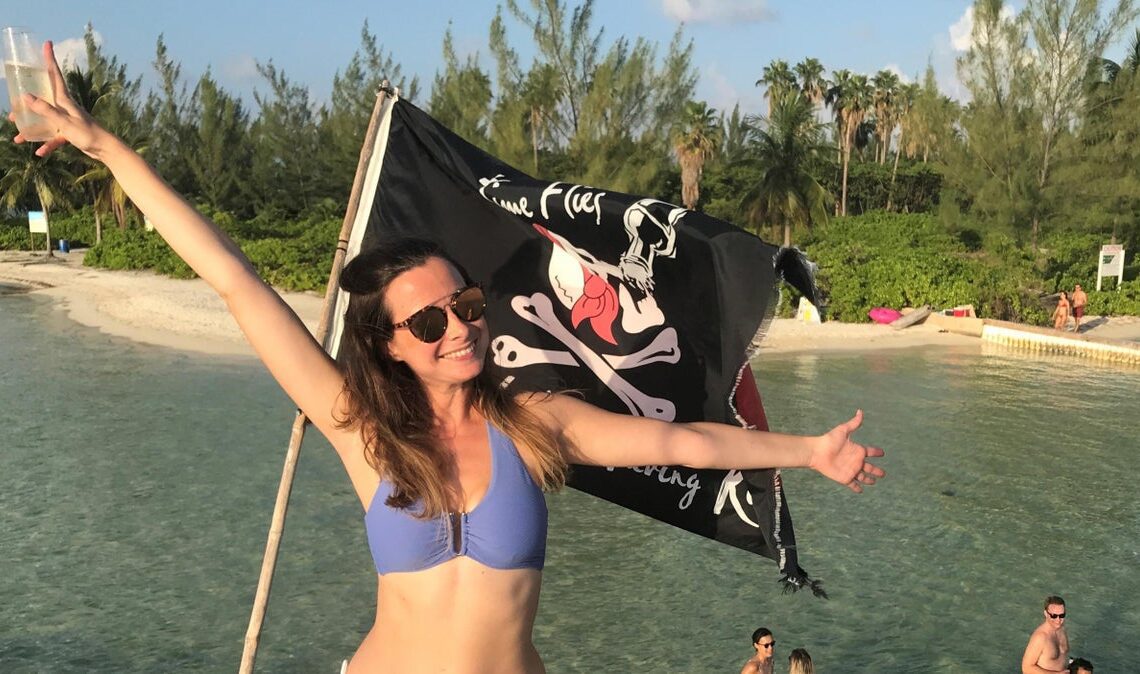Tropical beaches, no tax – as job adverts go, it’s a compelling one.
This mainstream image of balmy weather and shady finances was pretty much all we knew about the Cayman Islands when, back in summer 2016, my partner and I packed up our London life and boarded a one-way flight to Owen Roberts International. Like many of our peers, we fancied a “last hurrah” before life supposedly got serious with child-rearing and house-buying. My 30th birthday loomed on the horizon: why not obscure the view with some palm trees?
Google Maps revealed Grand Cayman to be a spit of land shaped like elongated ‘L’, dwarfed by neighbouring Jamaica and Cuba; the two sister islands, Cayman Brac and Little Cayman, didn’t even show up without some extreme zooming in. Swathes of turquoise sea flooded my laptop screen, with a smattering of stingrays and sunsets. We watched Tom Cruise bust a money-laundering scam in The Firm, and read that Cayman has more registered companies than people.
Perhaps I wondered briefly if this meant we’d be swept up in a haze of mega-yachts and Armand de Brignac, or embroiled in some sinister money laundering. But more pressing in my mind were the normal things you’d wonder when moving abroad anywhere: would I make friends? Enjoy my job? Would I fall in love with the place, or scuttle back tail between my legs in two months’ time?
This is what it’s like to live on a desert island.
English-ish
Life “on the rock”, as residents call Grand Cayman, turned out to be a hybrid of laidback Caribbean culture, English home comforts and Americana.
It is a British overseas territory, with a governor appointed from Whitehall, and a portrait of the Queen greets arrivals in the airport. They drive on the left and Waitrose products line supermarket shelves (albeit for a colossal mark-up: hummus, to use the world’s most middle-class price comparison index, costs around £6 a tub).
On the other hand, given the number of tourists coming from America, US dollars, not pounds, are accepted alongside the local currency. Portion sizes and the tipping culture are enough to make many Brits’ eyes bulge, and Thanksgiving is a bigger deal than Bonfire Night.
Local cuisine has more of a Jamaican accent – think jerk chicken, rum cake, patties and curried goat – and Carnival each May is the biggest event of the year, when,…
Click Here to Read the Full Original Article at The Independent Travel…
